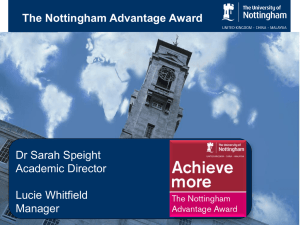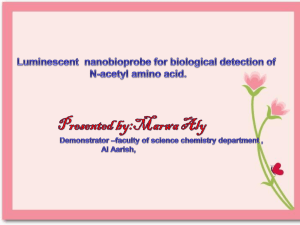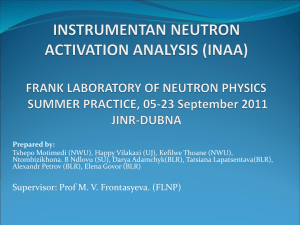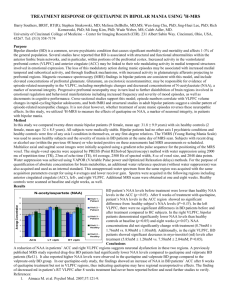Action plan - Nordic Academy of Architecture
advertisement
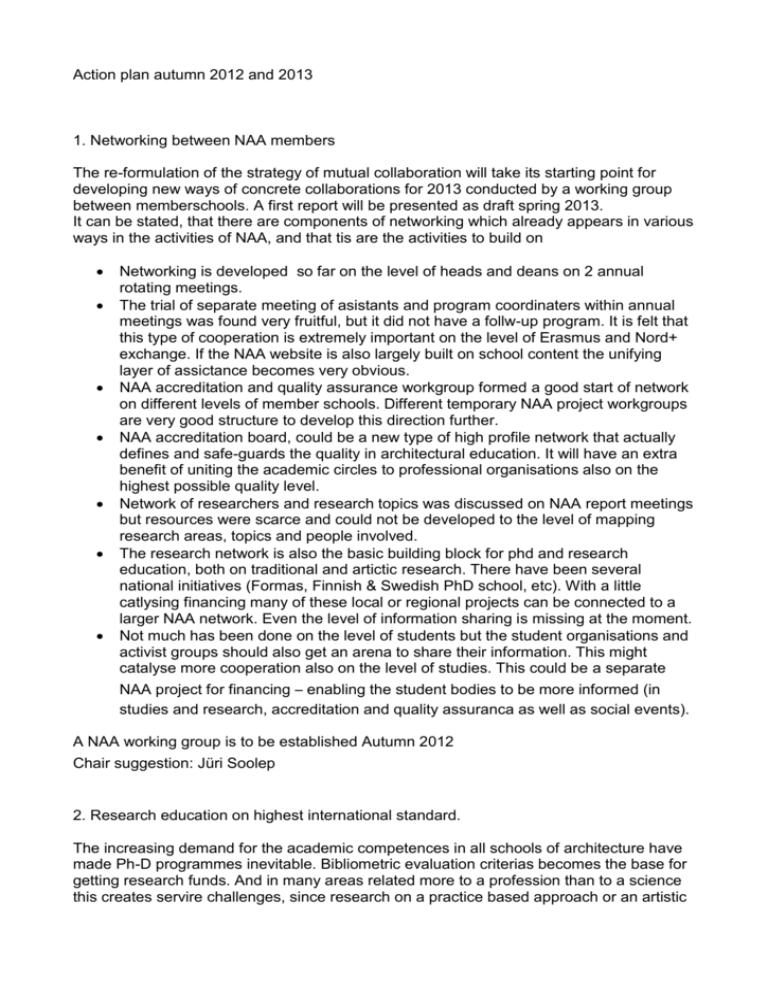
Action plan autumn 2012 and 2013 1. Networking between NAA members The re-formulation of the strategy of mutual collaboration will take its starting point for developing new ways of concrete collaborations for 2013 conducted by a working group between memberschools. A first report will be presented as draft spring 2013. It can be stated, that there are components of networking which already appears in various ways in the activities of NAA, and that tis are the activities to build on Networking is developed so far on the level of heads and deans on 2 annual rotating meetings. The trial of separate meeting of asistants and program coordinaters within annual meetings was found very fruitful, but it did not have a follw-up program. It is felt that this type of cooperation is extremely important on the level of Erasmus and Nord+ exchange. If the NAA website is also largely built on school content the unifying layer of assictance becomes very obvious. NAA accreditation and quality assurance workgroup formed a good start of network on different levels of member schools. Different temporary NAA project workgroups are very good structure to develop this direction further. NAA accreditation board, could be a new type of high profile network that actually defines and safe-guards the quality in architectural education. It will have an extra benefit of uniting the academic circles to professional organisations also on the highest possible quality level. Network of researchers and research topics was discussed on NAA report meetings but resources were scarce and could not be developed to the level of mapping research areas, topics and people involved. The research network is also the basic building block for phd and research education, both on traditional and artictic research. There have been several national initiatives (Formas, Finnish & Swedish PhD school, etc). With a little catlysing financing many of these local or regional projects can be connected to a larger NAA network. Even the level of information sharing is missing at the moment. Not much has been done on the level of students but the student organisations and activist groups should also get an arena to share their information. This might catalyse more cooperation also on the level of studies. This could be a separate NAA project for financing – enabling the student bodies to be more informed (in studies and research, accreditation and quality assuranca as well as social events). A NAA working group is to be established Autumn 2012 Chair suggestion: Jüri Soolep 2. Research education on highest international standard. The increasing demand for the academic competences in all schools of architecture have made Ph-D programmes inevitable. Bibliometric evaluation criterias becomes the base for getting research funds. And in many areas related more to a profession than to a science this creates servire challenges, since research on a practice based approach or an artistic approach until now are not acknowledged on the same level. Though there are attempts in international relations were new criterias are developed and tested. In the international landscape smaller schools can be under pressure, since the number of PhD students are small, resources not sufficient for a comprehensive programme collaborations are needed. A model building on a travelling school in a network can be established with only 3 members, but preferable more. A working group will be established to map variuos research school programmes and present the mapping into a symposium spring 2014. The working group will also work with membershools to establish a ‘travelling research programme’. Chair suggestion: PKK 3. Education strategies based on mutual recognition and diversity There has until now been a very little focus on, what does regulate structure and content of the academic programmes in schools of architecture. With new tendencies through accreditation systems, etablishing of professional license systems and the tendency more and more political influence on the content schools on the other hand need to find their way to both collaborate and profile them selves in the market. And the demand will be: education on the highest level. Though the educational system seems to be regarded as a ‘producer’, the faculty as ‘teacher’ and ‘knowledgeproducer’ and students as ‘consumer’. Probably this paradigm which is related to soecific educational academic systems are to be challenge, i. g. since students with the demand of more and stronger relations between research and education. Students becomes knowledgeproducers and the educational ssystem is maybe more facilitating and providing. Never the less various models are occuring world wide, and a survey could be established. There is no suggestion towards this work for the moment 4. Research Communication As mentioned above there is a strong collaboration between the Danish Arkitekten and NAA in Publishing NORDIC Journal of Architecture. There still need to be developed and maintained a digital platform, and this demands more funding. Also peer reviewed confrences and symposiums are to take into account, and the work on coordinating and announcing seems to be important. There is no new suggestion towards this work for the moment Chair: The NAA Rector 5. Accreditation of member schools based on transparency and diversity Nordic Architecture Academy (NAA) unites 16 Nordic schools of architecture from Scandinavian and Baltic area. In addition to exchange of information and collaborative short term projects a larger initiative of investigating and preparing for the future accreditation processes was started in 2009. The work group represented all the eight countries in the area and created a report: Nordic Dimension in Architectural Education: Towards Better Accreditation and Quality Assurance. The report consists of three parts: 1. Mapping the existing situation in Nordic/Baltic countries. 2. Parallel context in European and global level (Directive sub-group, ENACA, EAAE and ACE, UNESCO-UIA) and 3. Planning for the future task of NAA agenda-setting capabilities within architectural education - Nordic Accreditation and Quality Assurance. The report also includes the experimental manual for accreditation procedures, the concept of build-up of NAA Accreditation Board and several appendixes to describe the relevant context. The NAA work group looked forward, considering new models for cooperation, development, funding, financing and recruitment of students, as well as anticipating forthcoming international initiatives from the perspective of accreditation processes. The suggestion was that the political agenda of NAA could be to achieve increased participation, taking more active role in the setting of agendas within the existing frameworks: Nordic Council of Ministers, member states of EU, Professional Qualifications Directive. The political agenda of the NAA is to achieve increased participation and cooperation in the pan-European institutions like Architects Council of Europe (ACE) and European Association of Architectural Education (EAAE). These are the representative organisations in dealing with European Commission in implementing the Professional Qualifications Directive (PQD). NAA expects to work closely with the Nordic/Baltic members of the EC Coordinators for the PQD Sub-Group on Architectural Diplomas as well as with the informal network ENACA - Network of Competent Authorities for the Architectural profession. The report will be promoted and discussed with all possible stakeholders in forthcoming .... Conference on January 24-25. Chair: Jüri Soolep 6. life long learning and post graduate education As an example of post graduate programmes for professionals NAA established in 2009 an working group to develop a proposal for a joint Nordic Master in Sustainable Architecture. The working group present Autumn 2012 their concept. Chair: 7. A Nordic profile into international relations NAA has already positioned itself in EAAE as a strong partner and collaborator. The report on accreditation was presented September 2012 on Heads Meeting, Chania. The presentation has given a lot of feed back and the interest is quite substantiel. For the time being there seems to be a conflict around the legitimecy of election of the new presedent of the EAAE and the council. A situation which can parlyze the EAAE until a new General Assembly can be held. It seems to be a very vulnerable time and situation, where other organisations and boards are playing on the market of notification, recognition and accreditation. NAA will formulate a position a work for a clarification of the situation as soon as possible. NAA will follow the ongoing discussion in various fora and work for - a Nordic profile into international organisations as EAAE (european association of architectural education) and ACE ( Architects Council of Europe) - a Nordic profile in relation to the new policy making institutions in Europe in terms of Architecture. The working group must be the NAA meetings and the Chair the NAA rector.
